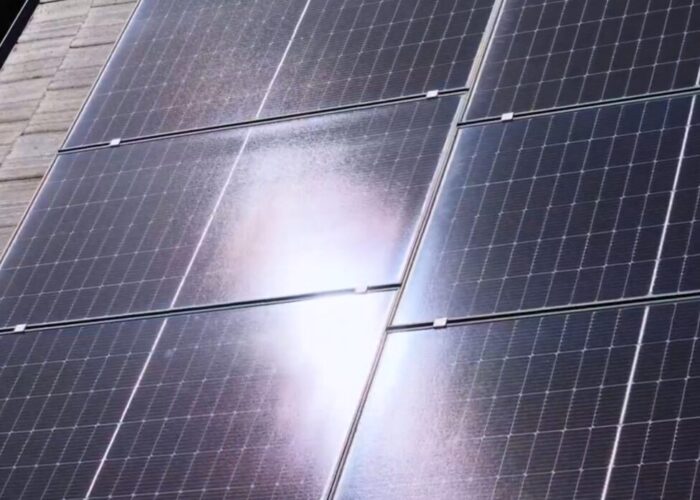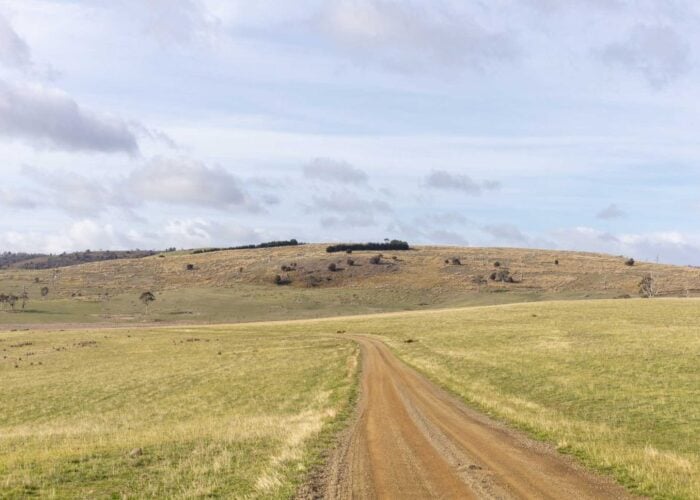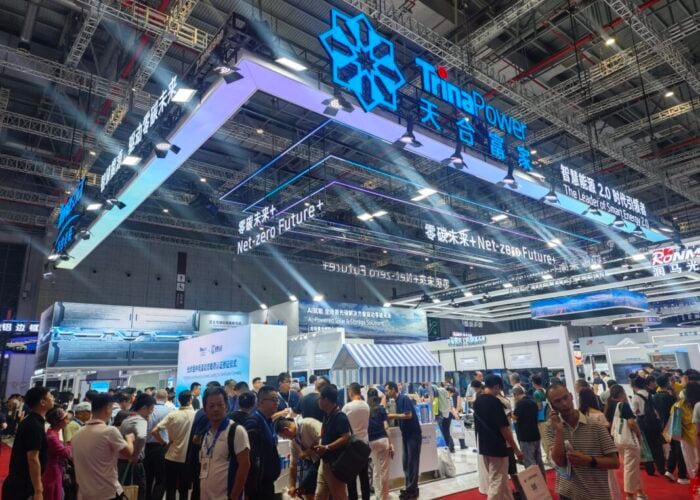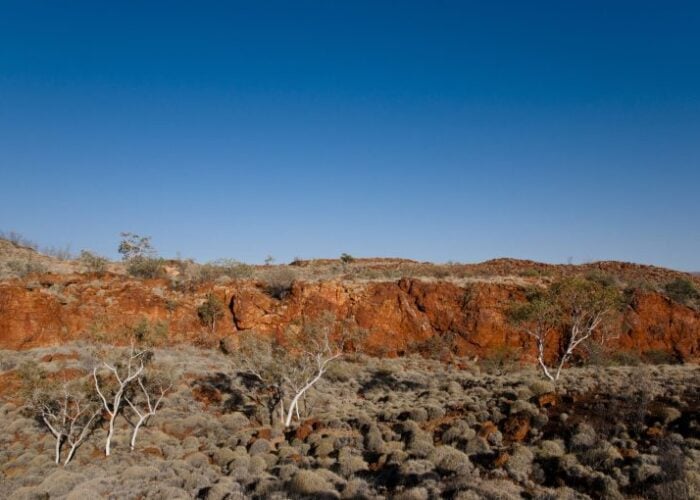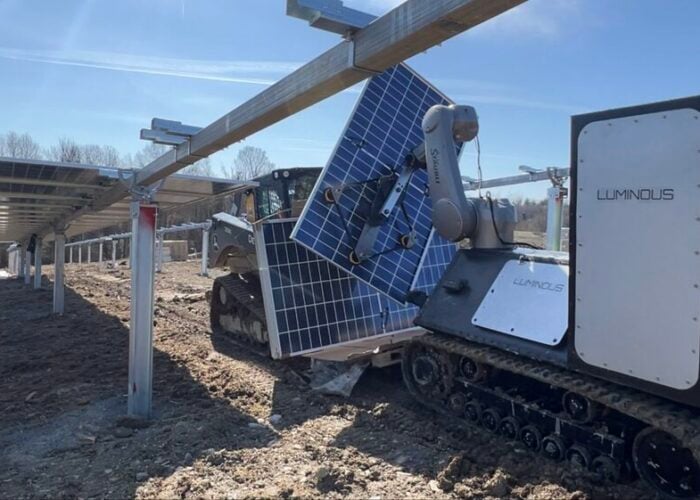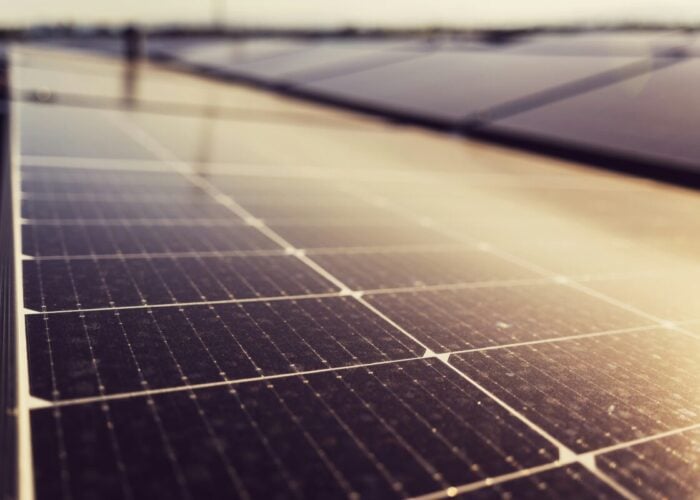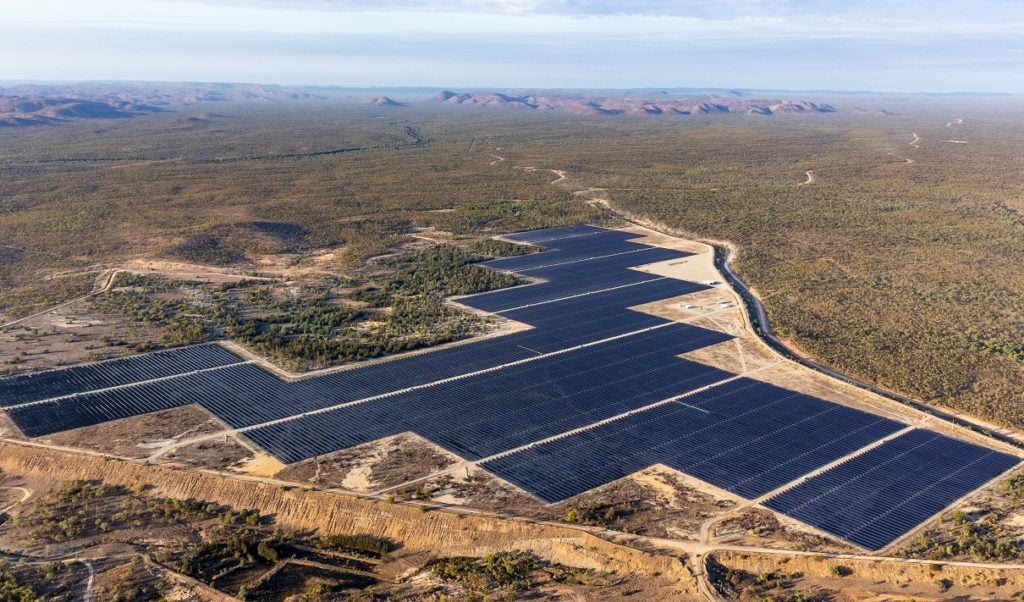
The Australian government has opened a consultation into the upcoming Western Australia Capacity Investment Scheme (CIS) tender design.
The design of the CIS will impact the Wholesale Electricity Market (WEM), the primary market for generators and retailers. This impacts assets connected to the South West Interconnected System (SWIS), the electricity grid that stretches across the south-west of the state.
Unlock unlimited access for 12 whole months of distinctive global analysis
Photovoltaics International is now included.
- Regular insight and analysis of the industry’s biggest developments
- In-depth interviews with the industry’s leading figures
- Unlimited digital access to the PV Tech Power journal catalogue
- Unlimited digital access to the Photovoltaics International journal catalogue
- Access to more than 1,000 technical papers
- Discounts on Solar Media’s portfolio of events, in-person and virtual
The federal government’s CIS 2025 Western Australia WEM Design Paper outlines some of the key details for the CIS tender to underwrite renewable energy generation capacity in the WEM. Tenders have already been held for dispatchable power, with the second tender having sought 500MW of renewable energy resources dispatchable over a 4-hour duration (2,000MWh). The results of this round are expected in March 2025.
The WEM’s next CIS tender is scheduled for mid-2025 and will target 1.5GW of renewable energy generation alongside 400MW of dispatchable power over a 4-hour duration (1,600MWh). Hybrid projects will bid into the dispatchable component of the tender.
The design incorporates several key features, including the Reserve Capacity Mechanism (RCM). This mechanism aims to procure capacity on behalf of the market through ‘capacity credits’, which provides project owners with a revenue stream.
Additionally, there is a significant emphasis on bilateral contracting and net settlements, as the majority of energy and capacity credits in the WEM are traded bilaterally. This trading typically occurs either between market participants or between the generation and retail divisions of a gentailer.
According to the paper, the Australian government hopes to hold auctions for both generation and dispatchable capacity around every 12 months.
Creating investor confidence through the CIS initiative
The CIS initiative had been established to support Australia in achieving its decarbonisation targets, to deliver 82% renewable electricity by 2030. The CIS tenders will aim to deliver 32GW of energy capacity by 2030.
Under the scheme, a successful CIS project is expected to receive a long-term underwriting agreement from the Australian government, which will establish an agreed-upon revenue floor and ceiling. This agreement provides a long-term safety net for revenue aimed at reducing financial risks for investors and encouraging increased investment in necessary areas. It has also been key to establishing investor confidence in the country’s energy transition.
If the revenue generated by a project exceeds the established net revenue ceiling, which is subject to an annual payment cap, the owner is expected to pay the Australian government 50% of the revenue that exceeds this ceiling.
Conversely, if the project’s net revenue falls below the set revenue floor, the Australian government is anticipated to pay the project owner 90% of the difference between the net revenue and the floor, also subject to the annual payment cap.
According to the paper, the Australian government will set objectives, commercial and financial budgets, and terms in consultation with the Western Australian government. This also includes megawatt targets and a commercial operation date.
The CIS tenders will be managed by a qualified organisation known as the ‘tender delivery partner’, following the CIS tender guidelines that will be developed and published online.
The tender delivery partner will recommend projects for underwriting by the Australian government based on each applicant’s performance against the eligibility and merit criteria. The Australian government will then select the projects for underwriting under the CIS, taking the recommendations of the tender delivery partner into account.
Australia’s Capacity Investment Scheme
The Albanese government announced the expanded CIS in November 2023, intending to underwrite 32GW worth of renewable energy generation and energy storage capacity, roughly half of the demand on the National Electricity Market (NEM).
The CIS operates under a contracts for difference (CfD) model, where the government underwrites investments in new renewables projects through competitive auctions. The government said that it will not disclose the expected costs of CIS contracts to “achieve the best bang for buck for taxpayers”. Auctions are planned to run at six-monthly intervals until the 32GW quota has been reached.
As reported by our sister site Energy-Storage.news in November, Victoria was granted the greatest allocation of dispatchable power in the next tender on the NEM, with 1.7GW/6.8GWh for energy storage. This was from a total allocation of 4GW for dispatchable power, with the Australian government seeking 6GW of renewable energy generation.
New South Wales has been granted 1.3GW/5.2GWh, and Western Australia has been allocated 1.1GW/4.4GWh. A total of 0.9GW/3.6GWh has been earmarked for South Australia, while Tasmania, the Australian Capital Territory and Queensland have not been given a specified amount.
Successful early CIS tenders could reduce allocation in later rounds
The Australian Energy Market Operator (AEMO) hosted a webinar last year to discuss the details of the CIS. One key takeaway was the potential impact of the early CIS tender rounds on those scheduled for later stages.
Matt Brine, head of the CIS office at the Department of Climate Change, Energy, the Environment and Water (DCCEEW), noted that the capacity offered in some of the later tenders could be directly influenced by the success of the earlier rounds.
“The 32GW target comprises 23GW of renewable energy generation and 9GW of dispatchable power capacity. That’s our target,” Brine said.
“We would like to deliver as many projects as possible within our constraints. If there are a range of high-quality projects coming through in these early tenders, then we will definitely be looking to underwrite as many of them as we can, and that lightens the load for us in future tenders, so we will reduce those targets in the future tenders.”
Brine added that signing substantial contracts early on could help the DCCEEW achieve its 32GW target in the long term. Brine believes that requiring smaller amounts of capacity in later tenders grants more flexibility to tweak the scheme or even cancel contracts and reissue capacity.
“If we overperform in the early tenders, the other benefit from our perspective is that if problems emerge, we can quickly cancel those contracts and reissue that capacity. Whereas, if we have a lot of capacity that is not being tended to until the very end of the screening program, our hands are tied a bit,” Brine said.

